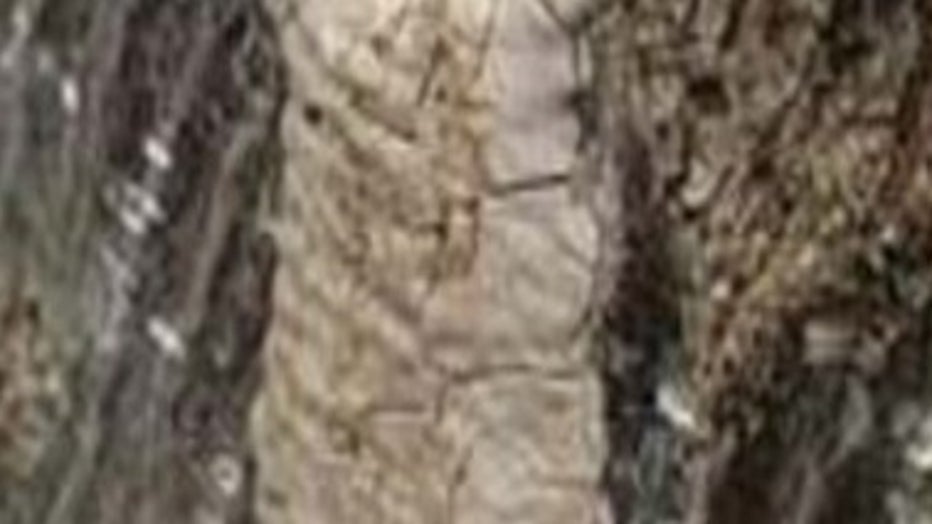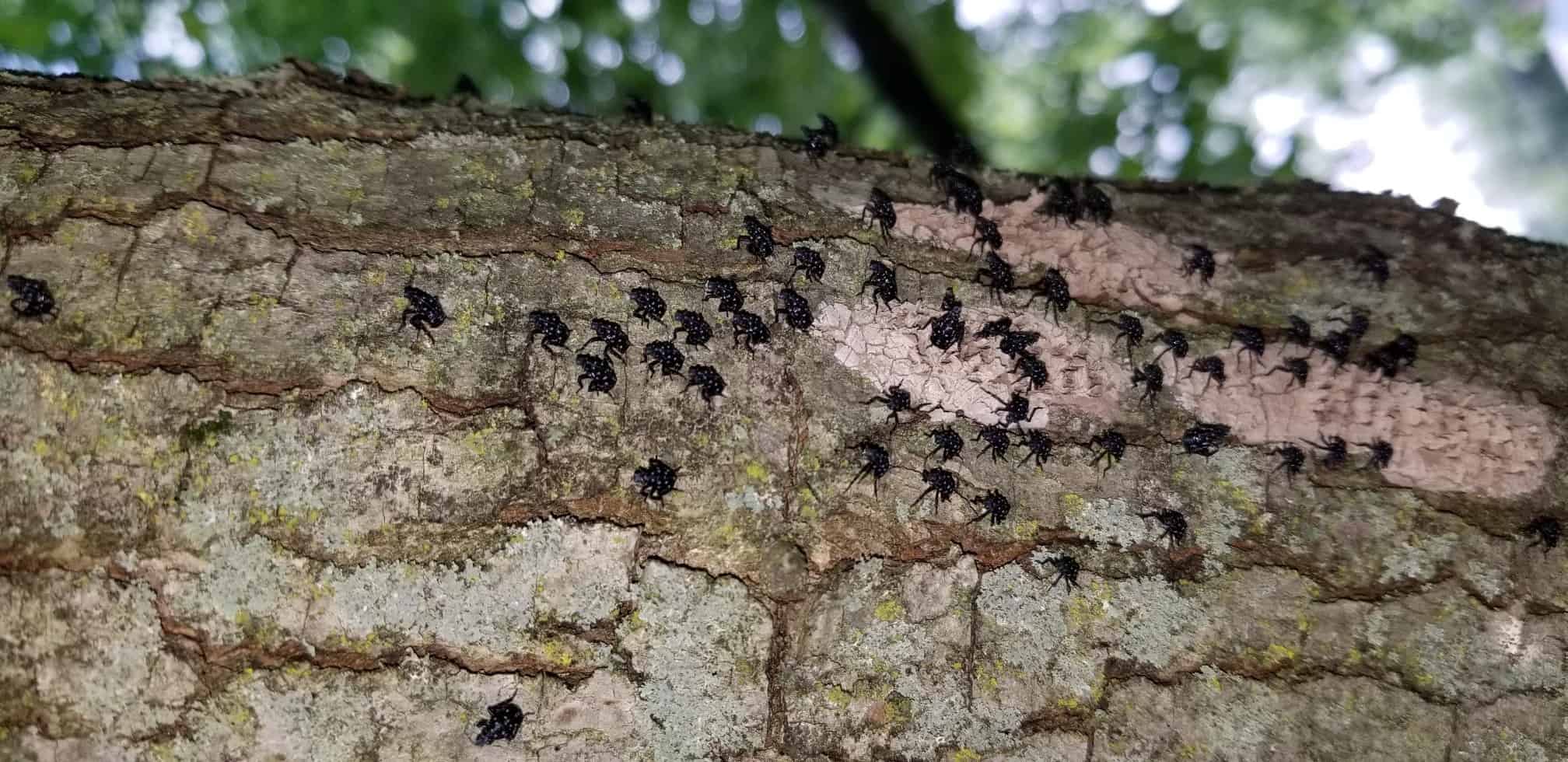

(Truly, if they weren't so annoying, we'd be impressed.) (As if we didn't have enough to worry about back then.) The critters are marked by the signature polka-dot-like spots on their wings and also by their penchant for sucking the sap out of every living tree and plant in sight and sucking our sanity out in the process. For those who haven't yet encountered these banes of society, spotted lanternflies are invasive planthoppers native to southeast Asia that magically made their way to NYC in July 2020. Yes, the dreaded insects are back, which means hunting season is here. Leaf gas exchange did not differ significantly among the treatments.New York's motto is usually "If you see something, say something," but in the summertime, it changes to "If you see a lanternfly, kill it immediately." However, in year three when the feeding pressure was reduced, the native trees recovered while tree-of-heaven's growth remained flat. The team found that increased feeding pressure by spotted lanternfly resulted in reductions in key nutrients, which in turn, markedly impacted tree diameter growth during the first two years when feeding pressure was the most intense.
#Lantern fly eggs full#
They monitored leaf gas exchange and concentrations of nutrients that are important for photosynthesis and growth for the first two years and tree diameter growth for the full four years.

After the first two years, they reduced the density of the insects to see if trees would recover. Within the enclosures, the researchers reared different densities of spotted lanternflies for all or most of their lifecycle, from eggs through adults, to see if the number of insects feeding on a tree would impact its growth and survival. To determine the long-term effects of spotted lanternfly (SLF) feeding on hardwood trees, the team built large enclosures containing multiple species of tree, including the insect's favorite food, the non-native tree-of-heaven (Ailanthus altissima), as well as native trees. The team included tree-of-heaven in half of the enclosures to determine whether its presence would influence the feeding pressure on the native hardwoods. To determine the long-term effects of spotted lanternfly (SLF) feeding on hardwood trees, the team built large enclosures containing multiple species of tree, including the insect's favorite food, the non-native tree-of-heaven (Ailanthus altissima), as well as native trees, including silver maple (Acer saccharinum), weeping willow (Salix babylonica) and river birch (Betula nigra).

The findings published in the journal Environmental Entomology on August 29. Our study is the first to look at the long-term impacts of feeding pressure on northeastern hardwoods, and our results suggest that we are unlikely to see big impacts on the growth of trees." "Since the lanternfly was first introduced to the northeastern U.S., the question has been, 'How at-risk are our forests?' said Kelli Hoover, professor of entomology at Penn State.


 0 kommentar(er)
0 kommentar(er)
